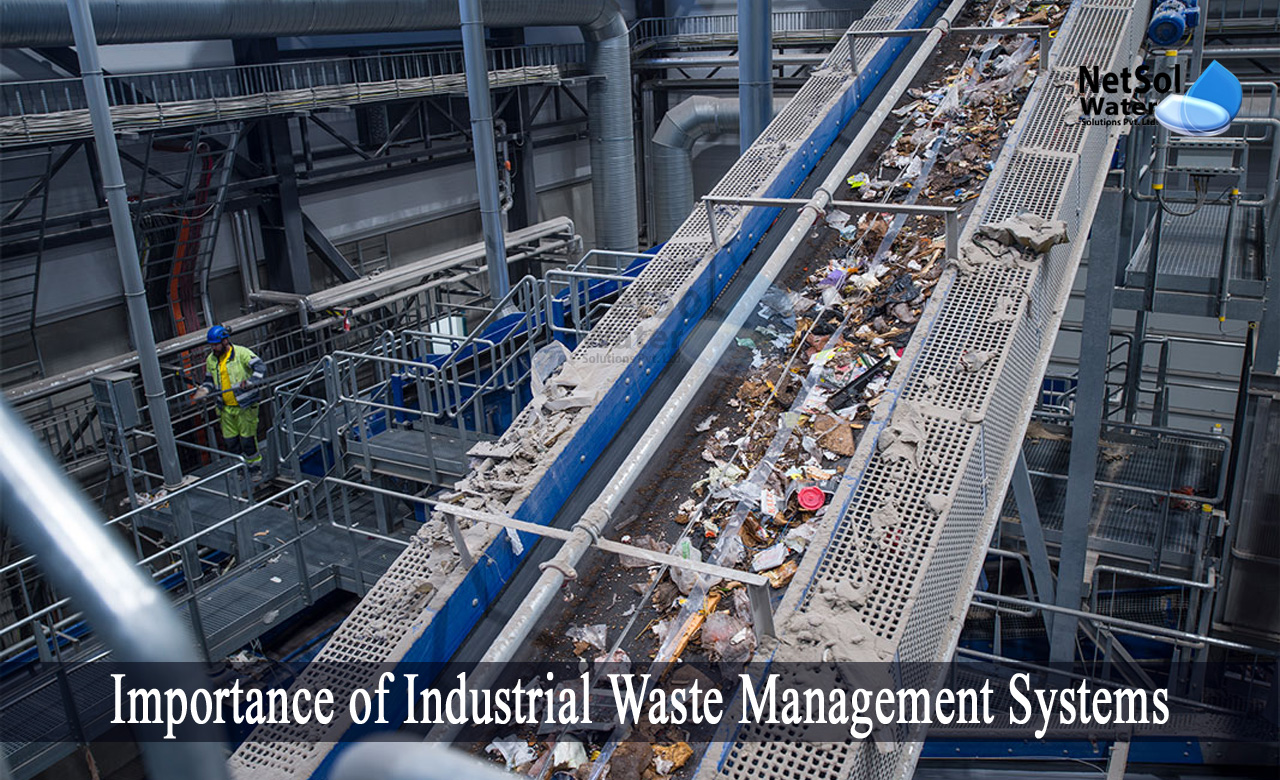Some Of Reclaim Waste
Table of ContentsNot known Details About Reclaim Waste Some Known Questions About Reclaim Waste.The Ultimate Guide To Reclaim WasteReclaim Waste Fundamentals ExplainedNot known Details About Reclaim Waste
Domestic sewer waste refers to the waste and products from a household septic storage tank. The correct administration and disposal of residential sewage waste need liquid waste to be transferred to a sewer treatment plant where the proper methods and equipment are applied to detoxify and dispose of waste.
Industrial waste frequently consists of prospective dangers, such as combustible materials or a blend of fluid and solid waste products, and needs an advanced and detailed disposal process. The disposal of industrial waste typically includes the purification of waste before transport to ensure risk-free and correct disposal. Industrial waste is developed from byproducts and drainage of commercial processes and manufacturing.
This sort of waste can not make use of the same sewage administration transportation or processes as septic or industrial fluids. The commercial waste administration process calls for the assessment and screening of liquid waste before it goes through the disposal process (industrial wastewater treatment). Runoff waste is the liquid waste that originates from drainage and excess stormwater in very populated locations or cities
Overflow waste can trigger contamination and flooding if not managed appropriately. Making sure appropriate waste administration can prevent calamities and minimize environmental injury.
About Reclaim Waste
Call PROS Services today to find out about our waste management and disposal services and the correct ways to take care of the fluid waste you generate.
(https://www.slideshare.net/leonaube33101)This so-called 'wastewater' is not only an important resource but, after therapy, will be launched to our land, rivers or the sea. Used water from commodes, showers, bathrooms, kitchen area sinks, laundries and industrial processes is recognized as wastewater.

water used to cool machinery or clean plant and equipment). Stormwater, a kind of wastewater, is drainage that flows home from farming and urban locations such as roofings, parks, yards, roads, courses and gutters into stormwater drains, after rain. Stormwater streams without treatment straight to neighborhood creeks or rivers, ultimately reaching the ocean.
More About Reclaim Waste
In Queensland, many wastewater is treated at sewage treatment plants. Wastewater is carried from domestic or industrial sites through a system of sewage systems and pump terminals, recognized as sewage reticulation, to a sewer treatment plant.
The Department of Natural Resources encourages regional governments about managing, operating and keeping sewage systems and therapy plants. In unsewered areas, city governments might call for homeowners to install individual or household sewer therapy systems to treat domestic wastewater from commodes, cooking areas, washrooms and washings. The Department of Natural Resources authorises the usage of house systems when they are verified to be efficient.
Many stormwater receives no therapy. In some new communities, treatment of some stormwater to get rid of trash, sand and crushed rock has started using gross toxin catches. Wastewater treatment occurs in four phases: Gets rid of solid issue. Bigger solids, such as plastics and other items wrongly discharged to sewers, are gotten rid of when wastewater is passed via screens.
Uses small living microorganisms knows as micro-organisms to damage down and remove remaining dissolved wastes and great particles. Micro-organisms and wastes are included in the sludge.
The 9-Second Trick For Reclaim Waste
Nutrient removal is not available whatsoever sewer treatment plants because it requires expensive specialist equipment. It is coming to be more usual in Queensland. Clear liquid effluent produced after treatment may still include disease-causing micro-organisms. If this effluent is released into rivers such as rivers or the sea, the micro-organisms will eventually pass away out.

This normally indicates wastewater has to be treated or impurities gotten rid of prior to it can be discharged to waterways. The majority of wastewater moves right into the sewage system. Under the Act, regional federal governments provide approvals and licences for eco pertinent activities (ERAs) entailing wastewater launches that could have a regional effect. The division carries out authorizations and licences to ERAs involving wastewater launches that might have a local or statewide effect.
How Reclaim Waste can Save You Time, Stress, and Money.
Surveillance supplies accurate details concerning water high quality and can validate that permit conditions are being satisfied. The information obtained with tracking gives the basis for making water quality decisions.